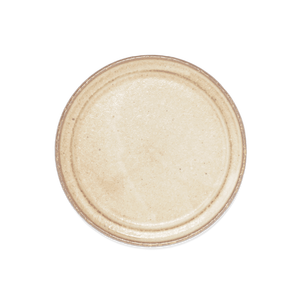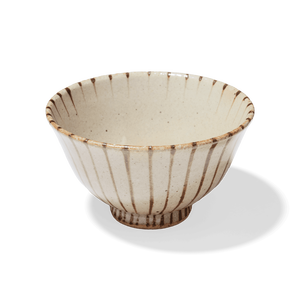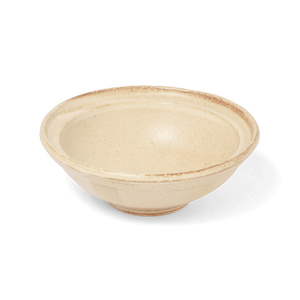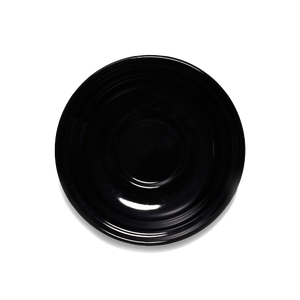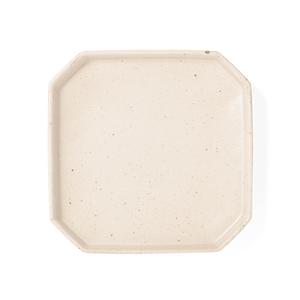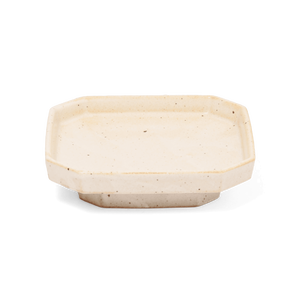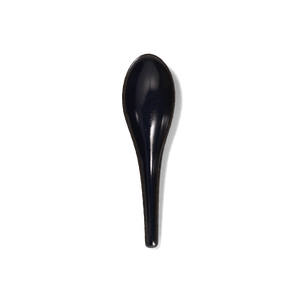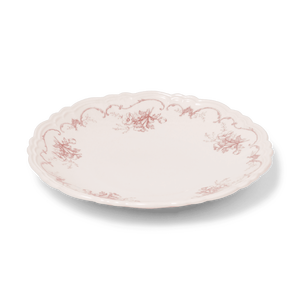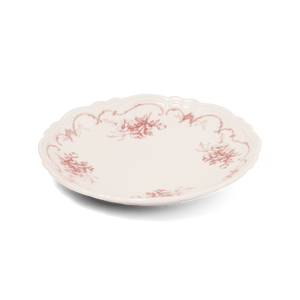Shipping Schedule
Shipping takes place on 10:00 a.m. ~ 19:00 p.m. business days.
Shipping is not available on weekends and holidays.
Same Day Delivery
Same day delivery is available for orders submitted before 12:00 noon, payments by credit card, and with all items in stock.
Excluding weekends and holidays.


























